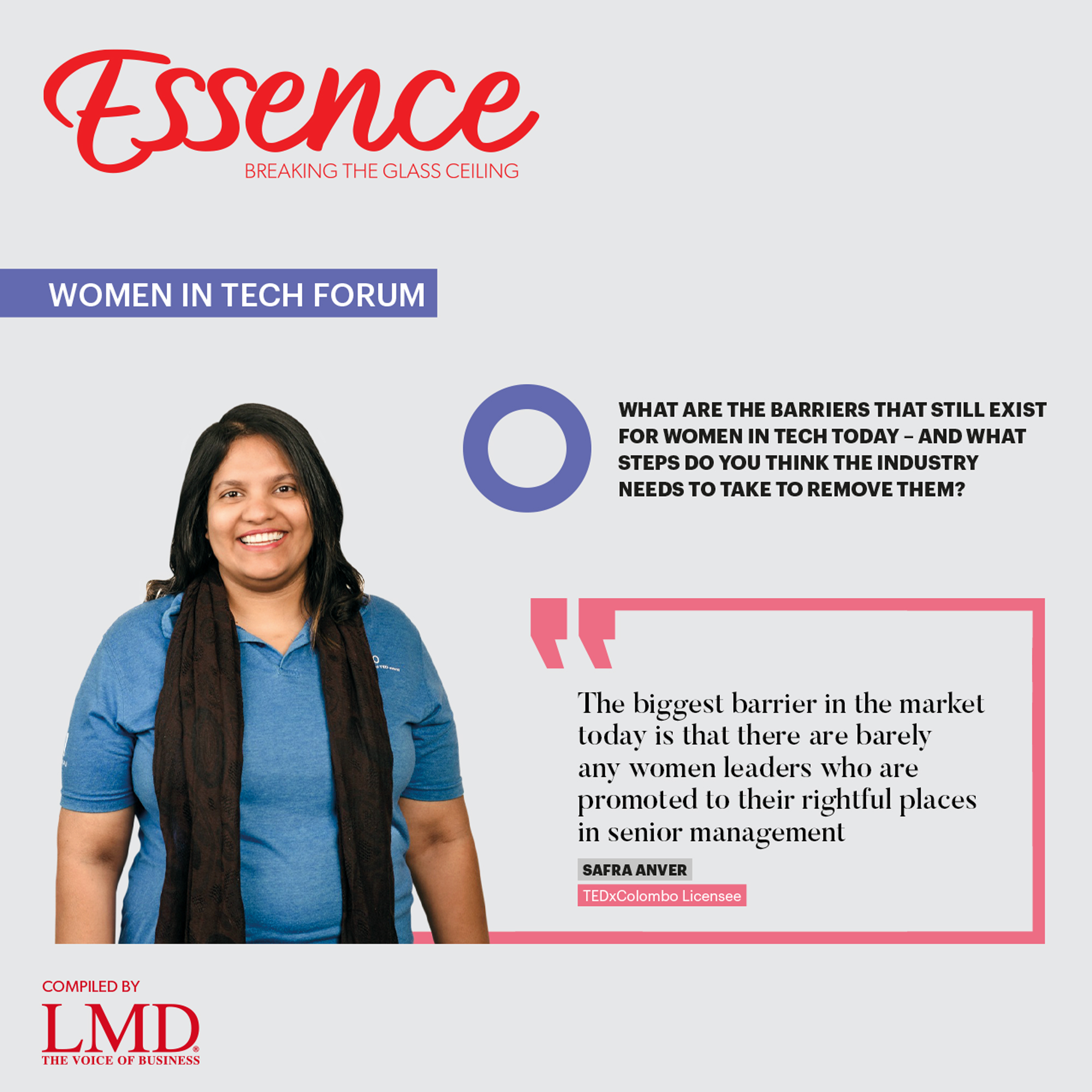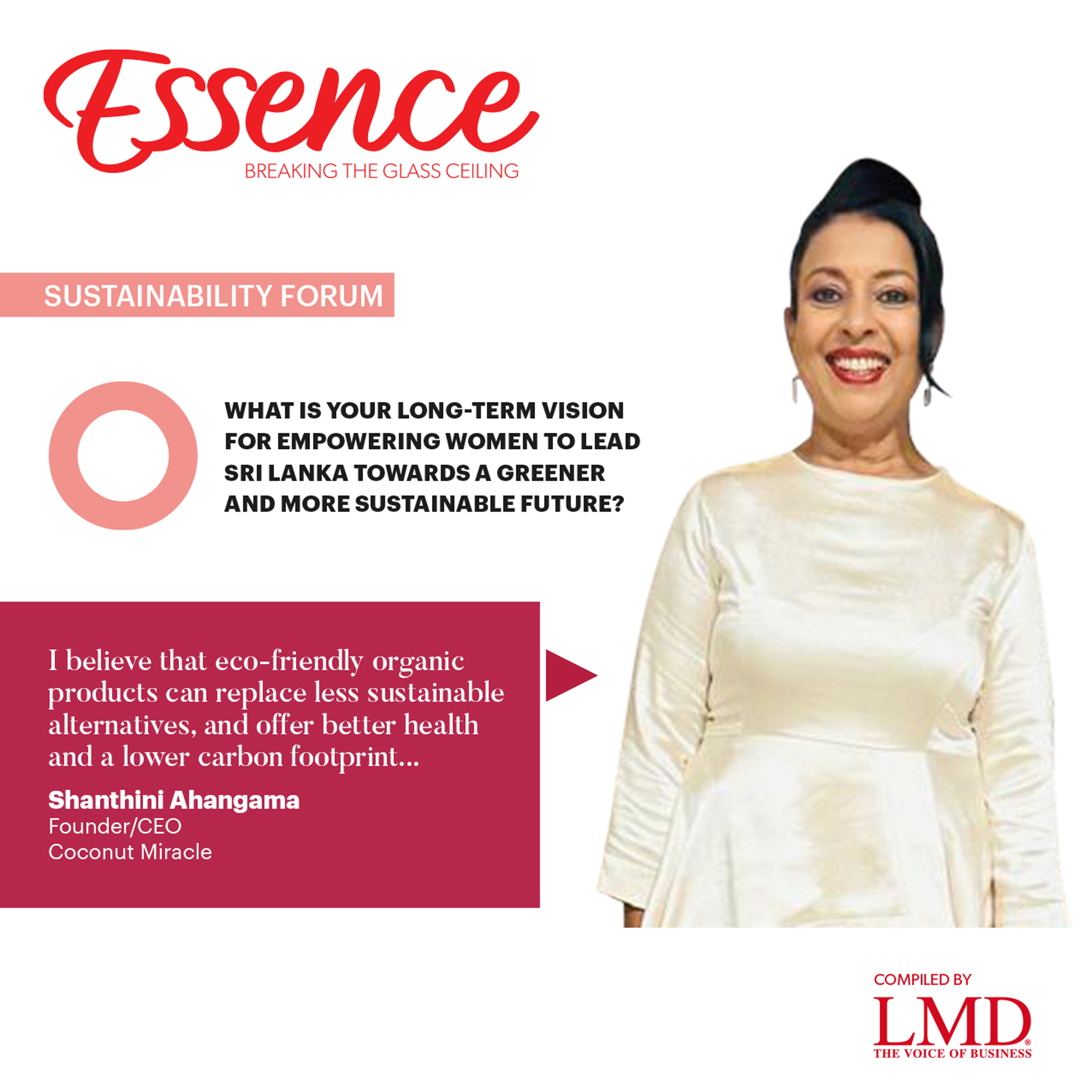THE WORKFORCE
Closing the Gender Gap
Alaina Teplitz sets out the benefits of closing the workforce gender gap
 US Ambassador to Sri Lanka and the Maldives Alaina Teplitz believes that women are key to unlocking the nation’s innovation economy and repositioning it for an economic resurgence. Which means that in order to participate fully in the formal workforce, women need the same flexibility as men to choose their own hours and professions.
US Ambassador to Sri Lanka and the Maldives Alaina Teplitz believes that women are key to unlocking the nation’s innovation economy and repositioning it for an economic resurgence. Which means that in order to participate fully in the formal workforce, women need the same flexibility as men to choose their own hours and professions.
“From scientists to executives, women have been globally recognised and celebrated. Just think of how much untapped potential Sri Lanka could unleash if women accounted for more than 50 percent of the labour force and were paid equal wages,” she states.
The ambassador notes that “according to the ILO and World Bank, Sri Lanka has the 28th-largest gender gap in labour force participation globally. Imagine the economic growth potential that is retarded by not paying individuals fairly or including them in the workforce in the first place.”
If Sri Lanka can completely close the gender gap within 45-50 years, it could see an income gain of 21 percent by 2065. Closing this gap is particularly critical in view of its ageing population with a shrinking labour force that is expected to decline as early as 2026.
Teplitz asserts: “Social stigma, harassment at work and on public transportation, and old-fashioned notions of ‘appropriate professions’ such as nursing or teaching for women do not respect or reflect the value they bring to their organisations or communities when they’re fully empowered.”
“Even practical considerations such as minimal childcare services hold everyone back. Women currently account for around 35 percent of the labour force in Sri Lanka, according to the World Bank but represent more than 50 percent of the population,” she observes.
She believes the government has a role to play in removing barriers, and that its economic goal setting could be broader and more inclusive: “The public and private sectors agree on the need for greater gender parity for sustainable and inclusive economic growth; and they agree the government’s economic goals may be limited, in part by a non-inclusive labour force.”
Teplitz goes on say that women use their income to support their children and attend to daily needs.
According to the Clinton Global Initiative on Empowering Girls and Women, when women work they reinvest 90 percent of their income in their businesses, and in the health and education of their families – compared with only 35 percent for men.
“HR programmes in addition to policies can also help. USAID’s Private Sector Development (PSD) programme is working with the local private sector to help address some of these challenges in growing the commercial care sector – which provides services that women and families rely on – to increase workforce participation,” she informs.
Ambassador Alaina Teplitz recounts her personal experience as a female in a male dominated diplomatic career: “Early in my career, I was chatting with an American visitor to the embassy in which I worked. He had travelled from Washington D.C. to help with a programme we were developing – and had the opportunity to read some of the reports we had written about the local economy.”
She continues: “When I introduced myself, saying both my first and last names, he smiled and gave me a look of recognition. ‘Teplitz,’ he said. ‘I’ve seen that name on some of your embassy reports. They’re really good. Does your husband work here?’”
“I’ve never forgotten that I have to prove myself every day because there are still people who assume women don’t offer obvious value in the workplace. How I accomplish that has changed over the years; now, I focus very much on promoting my team and encouraging individual team members to stretch themselves. This has really enhanced our productivity and creative output,” she states, in summing up.
Alaina Teplitz is the US Ambassador to Sri Lanka and the Maldives





